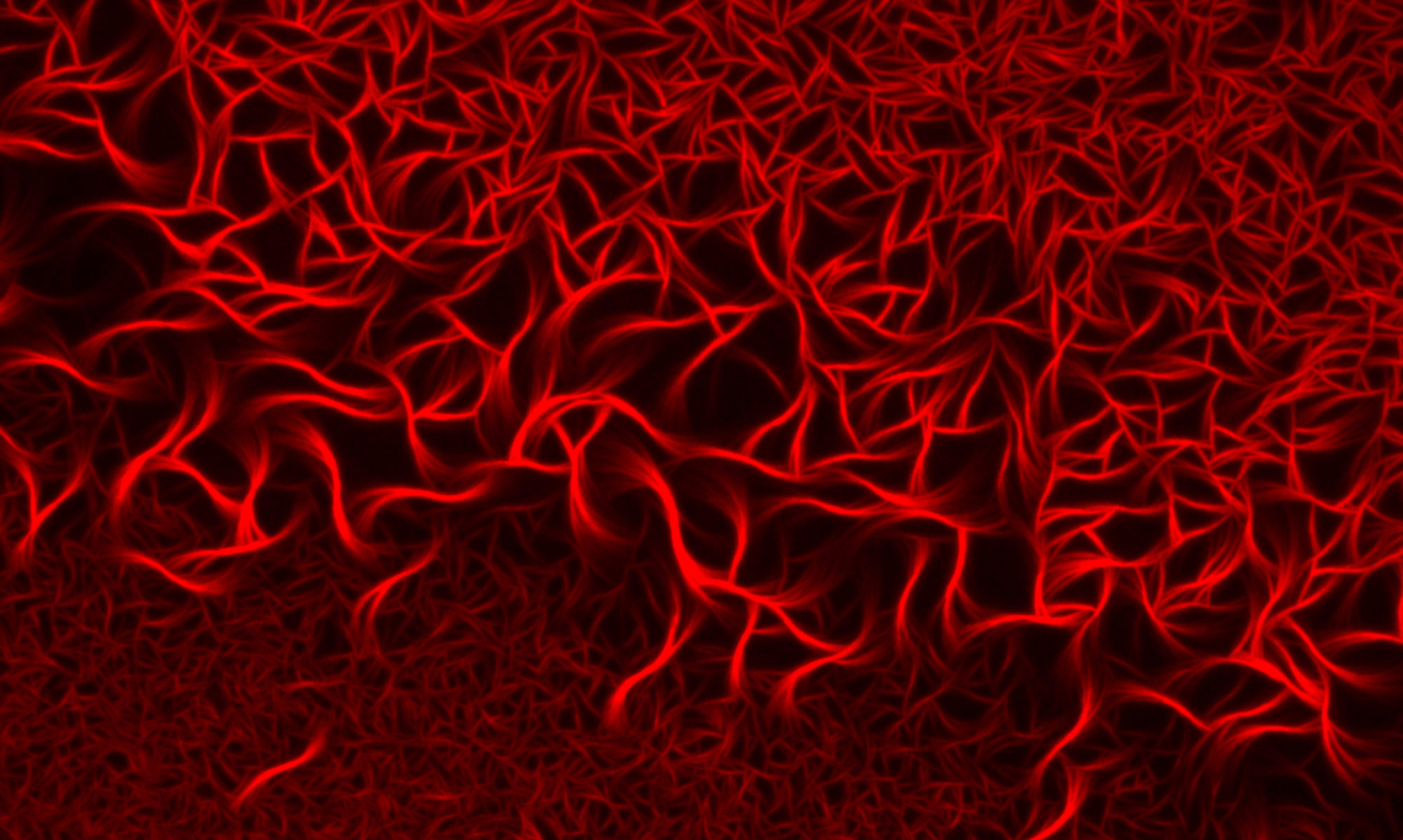We’ve developed materials with a time switch.
The design principle is simple and generic. The simplicity allowed us to build it into all kinds of materials. For instance, we’ve demonstrated it works for tiny colloids (no larger than 1/100th the diameter of a human hair) that abolish themselves after a predetermined lifetime. The colloids could be used as a vehicle that releases drugs over prolonged time and exactly when needed.
[embedyt] https://www.youtube.com/watch?v=sUMrtZT0uaQ[/embedyt]
We also showed the design principles could be applied to inks. The self-erasing inks could find application as a temporary top-secret message carrier. More down-to-earth would be an application as a reusable paper, that self-erases overnight, leaving you with a fresh sheet of scrap paper every morning.
The paper can be found here: http://rdcu.be/uiAj
A highlight of the work can be found here: https://lnkd.in/gV4_Qni












